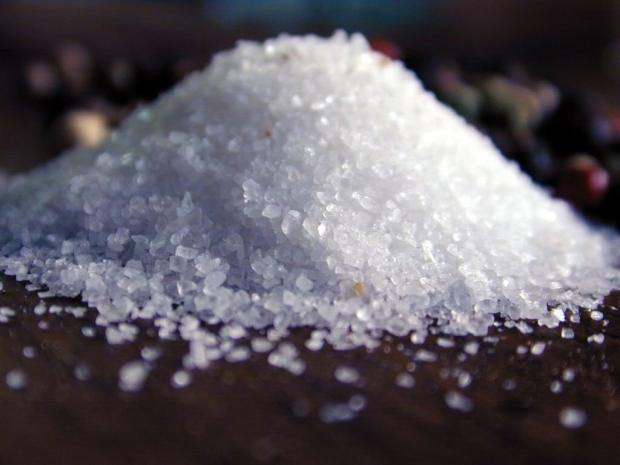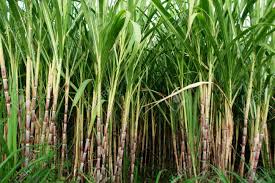OPTIMISM
hopefulness and confidence about the future or the successful outcome of something.
Optimism has always been important in this world, in all kinds of media. As humans, we like to be hopeful about life. We hope for things like good jobs, or good days, or small things like good weather. When what we hope for happens, we’re happy. Some call it luck, some call it Blessings, but whatever you call it, you’ll be happy to hope again next time.
Based on this, you could easily guess that most literature is optimistic, and has been optimistic for quite some time. It doesn’t really matter when or where you are. You could be living on another planet ten billion miles away. But chances are, if you have emotion, you’ll be able to hope.
And since most writers have emotion, (yeah, yeah, most. Still not over a few certain character deaths.) this hopefulness usually transfers over to stories.
Optimism helps people think of things in a positive light, and can possibly help them find a way to get through things they’re dealing with. People usually read for three purposes: To learn something new, to be entertained, or to escape from the world for a time. (Some books are brilliant enough to offer a reader all three, but not all books are created equally.)
So here’s a question: What was happening that made people want to escape into a book?
There are a lot of years to cover there, so I’ll try to be brief.
In the 16th century, as in all centuries, there was a lot going on. Invasions, explorations, discoveries, wars over religion and power… If it were today, there would be a lot of people who would want to get a break by reading. But in the 16th century, there weren’t as many books as there are now. Why would there be, anyway? Not everyone could read, and not everyone who could had the time to. Some of the most famous works published in the 1500’s were plays by William Shakespeare.
Now, plays are a different story. (Pun intended. [wait, was that even a pun? {never mind}]) Nowadays, plays are thought of as either a sophisticated form of entertainment, or as incredibly low-budget movies. (Depends on who you ask.) But during the Renaissance period, plays were more like books for those who couldn’t read. They were stories you could see, hear, and experience. And while not all 16th century plays can be described as optimistic, most of them can be described as entertaining. In short, the plays made people happy.
Now, in the 17th and 18th centuries there were even more interesting things. More invasions and wars, of course, but also treaties, abandoned colonies, conquests, and witch trials. But along with these events came more books, like Don Quixote, Pilgrim’s Progress, Candide. and Ivanhoe.
The 19th century was just as interesting. (As well as one of my favorite centuries, to be honest.) You have the American Civil war, the Spanish Revolution, the Boer war, Presidential assassination, and the first Kentucky Derby among other things. As for books, some of the century’s most famous are Pride and Prejudice, Wuthering Heights, Jane Eyre, Frankenstein, Emma, Dracula, Great Expectations, A Tale of Two Cities, and a Christmas Carol. All of these books are still regarded as classics today. Why? Because they’re entertaining, and can make a point. I’ve read some of these fictional works, and even though some of them had a less-than-happy-ending, (Frankenstein, Great Expectations.) that doesn’t necessarily make them unoptimistic. Frankenstein DID in fact have bits and pieces of hope throughout, but as it’s a horror novel, they were frequently ended. That doesn’t mean the reader can’t be optimistic. (They can always be hopeful/confident that no monster will be created again.)
In the 1900’s, literature changed, most likely due to the film industry. Popular literature went from books like Anne of Green Gables and The Wizard of Oz (both published in the early 1900’s), to books such as The Hobbit, and Animal Farm (Published 1937 and 1945, respectively), to books like Holes, Harry Potter, and Game of Thrones (all published in the late 90’s).
The 20th century seems to be the century that changed the fastest, but that may be because we’re living in the century directly after it. There weren’t just big changes in science or social behaviors either, but in literature as well. The Horror, Fantasy, and Science-Fiction genres may have existed before the 1900’s, but many of the tropes (story elements, character types, and plot devices) in these genes were codified in this century.
And where does optimism fit in here? Well, the horror genre pretty much depends on optimism for most of the story. Horror novelists want their readers to hope for characters’ safety, or hope that the archaeologist won’t open the cursed vault, or that the monster will really be dead. Of course, being a horror novel, it will take advantage of that optimism to make you dread what comes next.
Readers of Fantasy literature will likely be optimistic about the story’s outcome right along with the story’s protagonist. (Of course, this depends how idealistic the story is. Think The Hobbit vs Game of Thrones.)
Optimism is still important today, but most modern literature tries for realism. A trend I have noticed in a lot of Young Adult literature is the tendency to make things realistic. Less clean-cut, idealistic heroes, and more protagonists with problems and issues that occur in real life. And it’s not just the characters getting ‘grittier and more realistic’, it’s the scenarios too. If someone gets thrown through a wall, they don’t come out unscathed, they come out looking like roadkill. If someone gets hit in the head with a baseball bat, they don’t pass out neatly for the next few hours, they get a concussion, and don’t stay unconscious for more than ten minutes (unless they’re dead).
This doesn’t necessarily end all optimism though, it just serves to make the story more ‘believable’. Because, despite all the blood, grit, and grey morals, the stories usually end on a more-or-less happy note. And no doubt the reader will be hoping for a positive outcome throughout the story, whether or not the book’s heroes are quite so idealistic.
But has optimism been completely replaced by realism, pessimism, and other isms in literature?
Well it certainly seems like it. Optimistic books are usually for children, or aren’t happy until the end. Though even pessimistic books usually serve to remind us just how fortunate we are, therefore becoming optimistic by technicalities/chain of events. But then again, just because a book makes you feel happy and hopeful about life, doesn’t necessarily make it an ‘optimistic story’. And what makes a book qualify as an optimistic piece of literature anyway? Is it the idealism and hope of the lead characters? Is it the lightheartedness of the plot? It could even be that the author is allowing for a ton of hope spots.
In my opinion, an optimistic story is something that allows you to hope, either for the characters, or for the future of the world you live in. A book that makes you think, a book that changes the way you look at things for the better, or book that makes you appreciate life… That’s an optimistic book. At least from where I’m standing.




